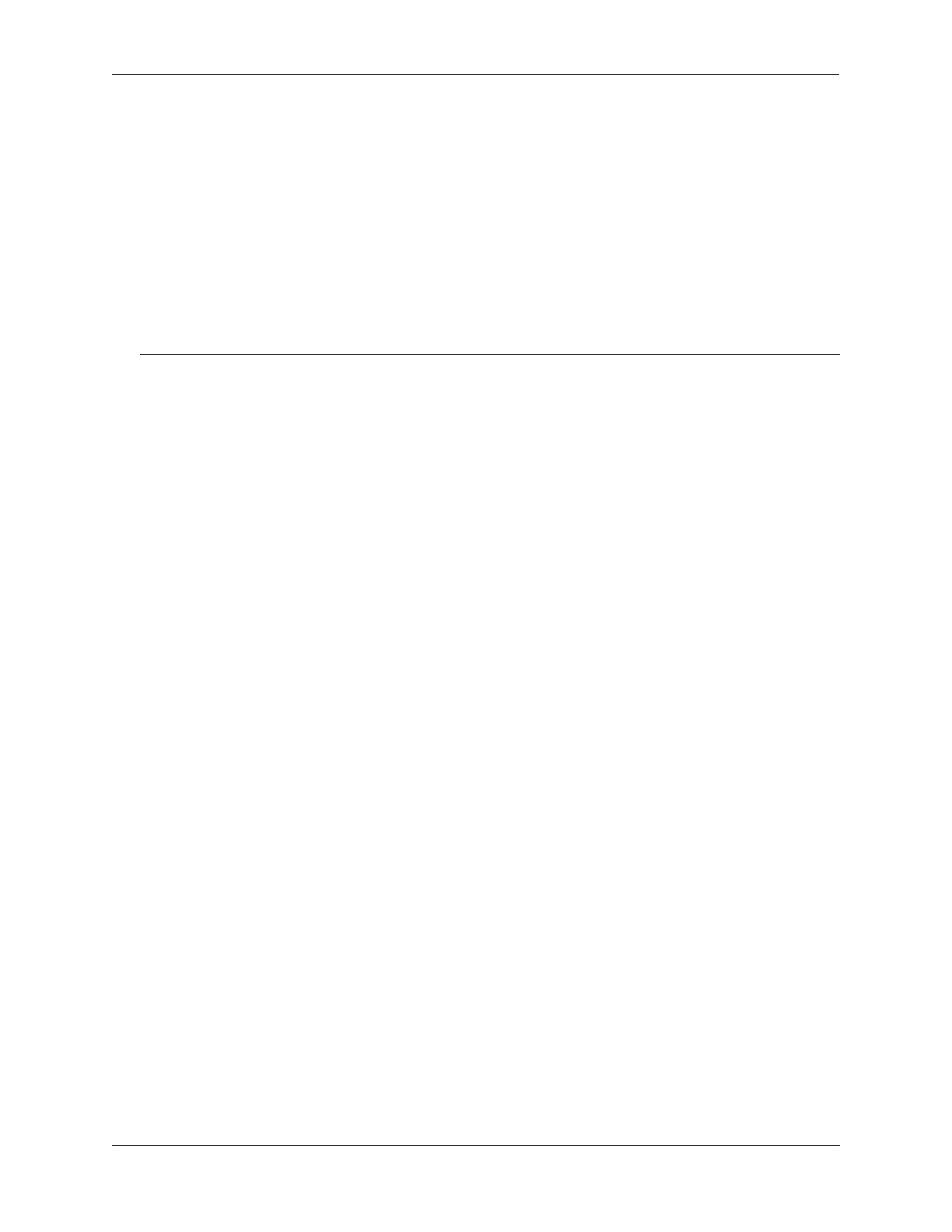Configuring BFD Quick Steps for Configuring BFD
OmniSwitch AOS Release 8 Network Configuration Guide December 2017 page 20-6
Quick Steps for Configuring BFD Support for Layer 3 Protocols
BFD runs on top of Layer 3 protocol traffic that is forwarded between two systems. This implementation
of BFD supports the following protocols:
• IPv4 and IPv6 BGP
• IPv4 and IPv6 IS-IS
• OSPF and OSPFv3
• IPv4 and IPv6 PIM
• IPv4 and IPv6 Static routes
• VRRP Tracking of IPv4 and IPv6 interfaces.
Once the BFD configuration is in place (see “Quick Steps for Configuring BFD” on page 20-4), the steps
described in the following sections are used to configure BFD interaction with the supported Layer 3
protocols.
Configuring BFD Support for BGP
1 Register BGP with the BFD protocol using the ip bgp bfd-state command. For example:
-> ip bgp bfd-state enable
2 Enable BFD for a specific IPv4 or IPv6 BGP neighbor using the ip|ipv6 bgp neighbor bfd-state
command or for all BGP neighbors using the ip bgp bfd-state all-neighbors command. For example:
-> ip bgp neighbor 135.10.10.2 bfd-state enable
-> ipv6 bgp neighbor fe80::2efa:a2ff:fe13:e402 bfd-state enable
-> ip bgp bfd-state all-neighbors enable
Configuring BFD Support for IS-IS
1 Register IS-IS with the BFD protocol using the ip isis bfd-state command. For example:
-> ip isis bfd-state enable
2 Enable BFD for a specific IS-IS VLAN using the ip isis vlan bfd-state command or for all IS-IS
VLANs using the ip isis bfd-state all-vlans command. For example:
-> show ipv6 bfd interfaces bfd-intf3
Interface Name = bfd-intf3
Interface IP Address = fe80::2efa:a2ff:fe13:e402,
Admin Status = Disabled,
Desired Transmit Interval = 300,
Minimum Receive Interval = 300,
Detection Time Multiplier = 3,
Minimum Echo Receive Interval = 300,
Authentication Present = No,
Oper Status = DOWN
See the “BFD Commands” chapter in the OmniSwitch AOS Release 8 CLI Reference Guide for information
about the fields in this display.

